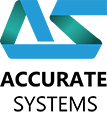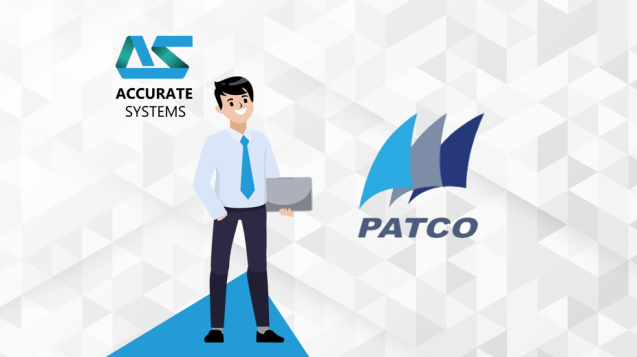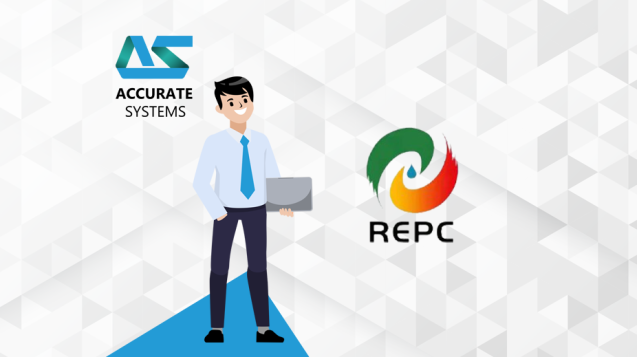
- Client Name:: Saudi Technology Lube Oil Plant/مصنع التقنية السعودية للزيوت
- Industry:Trading & Manufacturing
- Location:Riyadh
- Company Size:150 Employees
- Project Type:ERP System Implementation
Background
Established in 2019, Saudi Technology Lube Oil Plant (STLOP) has a successful business network driven by an in-depth understanding of industry requirements through its experienced professionals, and innovative and state-of-the-art lubricant blending technology
Objectives:
- Business Goals: The primary objectives of implementing an ERP system are to increase operational efficiency by streamlining core business processes, reducing manual data entry, and minimizing errors, while also improving resource allocation and utilization.
- Technical Goals: MIRANET Software used for Sales and should be integrated with ERPnext.

The key challenges included the absence of proper reporting capabilities, heavy reliance on manual processes in manufacturing, difficulties in tracking deliveries and material receipts, and a lack of e-invoicing functionality.
- ERP System Selected: ERPNEXT
- Key Features:
- World’s top 100% open-source ERP
- High feature coverage
- Modern and scalable web platform
- Serves multiple domains and industries
- 10,000+ community members
- Powered by Frappe Framework
- Customization: Customization has been successfully carried out to integrate ERPNext with the sales software Mira and in the manufacturing modules. This tailored integration enhances the system’s capability to seamlessly synchronize and share data between ERPNext, Mira sales software, and manufacturing processes, ensuring a more efficient and cohesive workflow across the organization.
- Project Scope: The implementation of ERPNext is focused on managing various critical aspects of the business, including accounting, stock management, sales, purchase, HR & payroll & manufacturing processes. This comprehensive ERP system is designed to streamline and integrate these key functions, enhancing efficiency and accuracy in financial management and inventory control while facilitating sales and procurement processes.
- Timeline: The timeline for implementing the erpnext set for 4 Months
- Efficiency Improvements: ERPNext streamlines and automates business processes across departments, reducing manual tasks and minimizing redundant efforts. This efficiency boost leads to faster operations, improved productivity, and a more streamlined workflow.
- Cost Savings: By centralizing various operations and eliminating the need for multiple standalone systems, ERPNext reduces software licensing, maintenance, and support costs. Additionally, the automation of tasks reduces the need for manual labor, further cutting operational expenses.
- Data Accuracy: ERPNext maintains a single source of truth for data across departments, minimizing data entry errors and discrepancies that often arise when using multiple systems. This data accuracy leads to better decision-making and more reliable reporting.
- Real-time Insights: With ERPNext, businesses gain access to real-time data and analytics. This enables timely and informed decision-making, as well as the ability to identify trends and make adjustments promptly based on the latest information.
Reflect on any challenges faced during the ERP implementation process and the key lessons learned for future reference.





